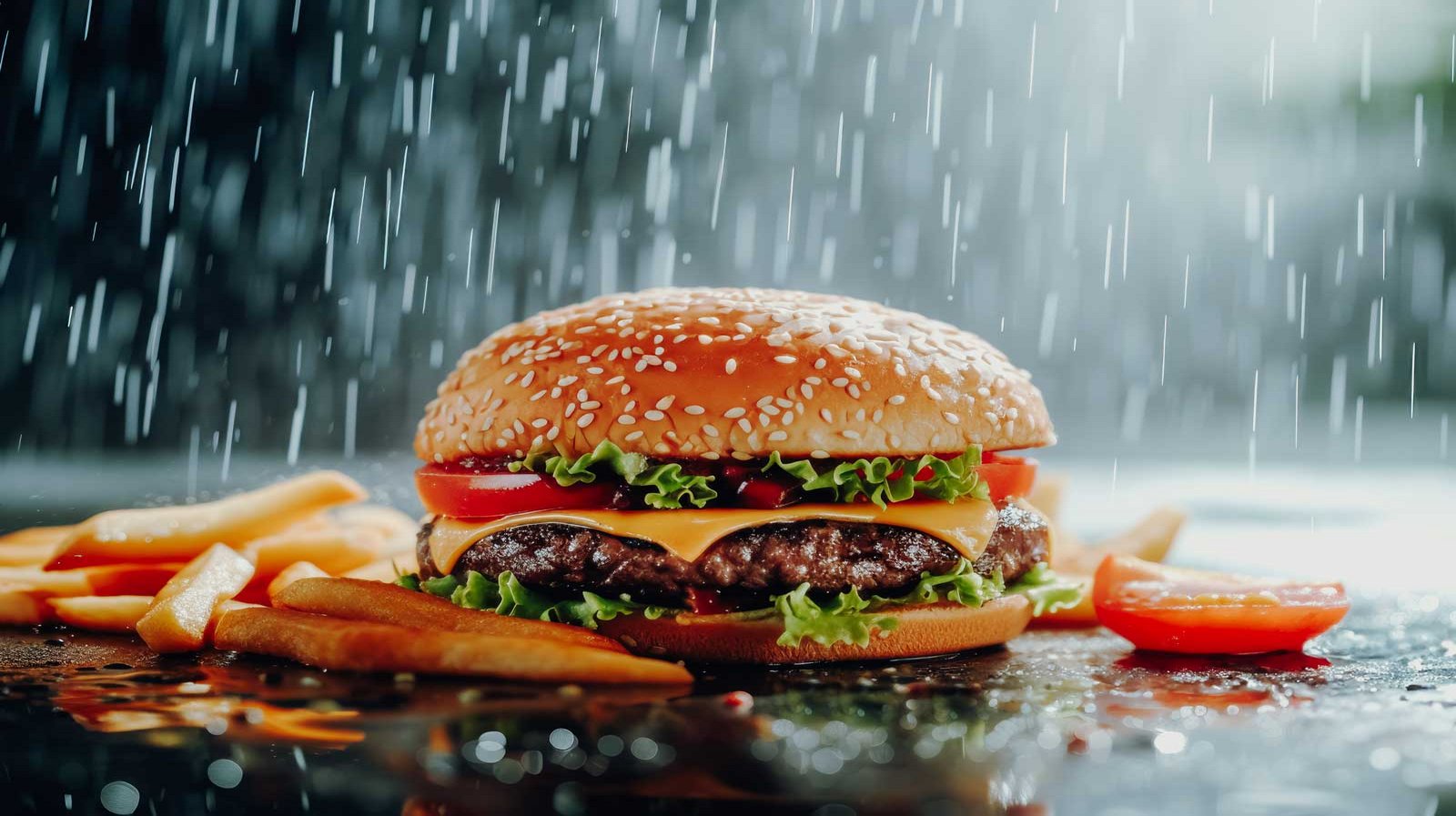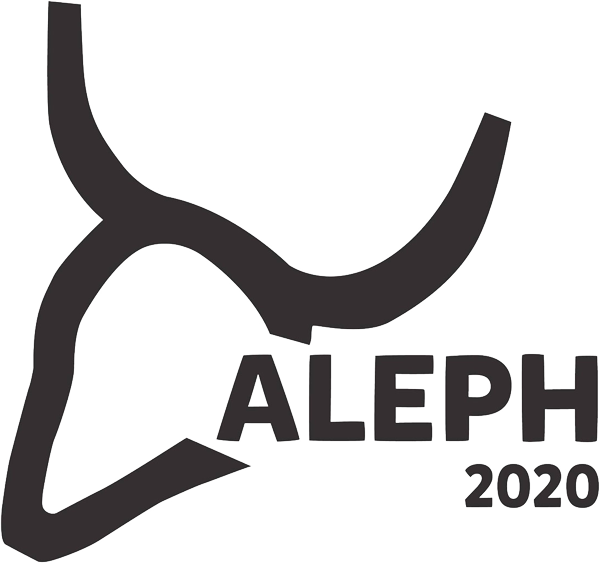Livestock and water wastage: three arguments for more nuance

Situating the problem
Animal agriculture accounts for 8-10% of global freshwater usage and one-third of all agricultural freshwater use. Approximately 37% of water employed in crop production serves as feed for animals. However, data regarding water usage is often presented without proper context. Claims that beef requires more water per calorie than other livestock products have led to the assertion that over 15,000 litres are needed to produce a kilogram of beef. Yet, this perspective fails to acknowledge several important factors, for reasons outlined in the three arguments below. However, it remains important to emphasize that these arguments do not dismiss the concerns valid in livestock systems heavily reliant on extractive water resources, especially in situations where water scarcity is a significant issue.
Most water in animal agriculture comes from rainfall
Life cycle assessment methodologies attribute nearly 90% of water used in animal husbandry to rainfall ('green' water), which is a natural part of the water cycle irrespective of livestock presence. For grazing ruminants, this percentage is even higher, at 94%. The water footprints of grass-fed ruminants primarily reflect local rainfall patterns, rather than indicating wasteful water use. This is especially evident in areas with high rainfall, such as certain mountainous regions unsuitable for plant agriculture. While local climate, geography, and context play crucial roles (including the potential need for irrigation with 'blue water', it is incorrect to label animal husbandry as inherently wasteful regarding water resources.
Do we really know the real impact on water of eating meat from cows or sheep?
The need for extracted water is situational
The primary concern regarding water wastage is the utilization of water for crop irrigation, particularly in water-scarce regions. Pressure on freshwater systems is minimized when relying on crop residues, waste, and roughages for agricultural purposes. Beef produced through pasture-based systems demands significantly less water (some 250-1,000 litres per kg), due to reduced reliance on grain-based feed. The variability in water wastage varies thus considerably based on different production practices and local specificities. In the US, for instance, water requirements for beef production range from 100 to 15,000 litres per kg of carcass weight, averaging around 2,000 litres/kg at the farm-to-gate stage. In some Australian systems, 5-500 litres of water suffice to produce one kilogram of meat, which is comparable to cereal cropping.
Wastage can be higher for crops if nutritional value is accounted for
Shifting to plant-based diets might not consistently lead to water wastage reduction, as outcomes vary by context. Vegan food scenarios and climate impact reduction efforts might even increase water scarcity footprints. In many cases, animal source foods need comparable or even less irrigation water than major plant crops. Some plant foods lead to particularly high water wastage, as is the case for nuts and fruits imported from water-stressed countries. Moreover, comparing water needs per unit of nutrition rather than per kg of food provides a more equitable comparison across diverse food categories. Protein quality considerations, for instance, influence water usage rankings, with wheat, rice, and maize becoming higher water consumers. Ultra-processed foods further exacerbate water footprints, accounting for a significant portion of dietary-related water usage in high-income countries.
